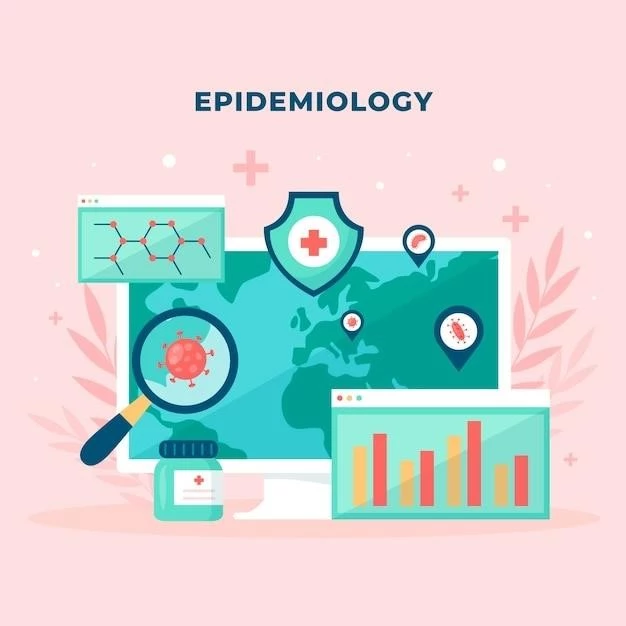Disease ⎻ Eosinophilia
Eosinophilia is a condition characterized by elevated levels of eosinophils in the blood. Eosinophils are a type of white blood cells involved in inflammation and immune responses. Understanding this disease is crucial in its diagnosis, treatment, and management.
Understanding Eosinophilia
Eosinophilia is a medical condition defined by an elevated number of eosinophils in the blood. Eosinophils are a type of white blood cells that play a role in the immune response against parasites and in allergic reactions. When there is an increase in their levels beyond normal range, it indicates an underlying problem. Eosinophilia can occur as a result of various factors, such as allergic conditions, parasitic infections, autoimmune disorders, and certain types of cancers. Identifying the underlying cause of eosinophilia is crucial for effective management and treatment. The presence of eosinophilia can lead to inflammation in various tissues and organs, causing a range of symptoms that may include fever, rash, cough, shortness of breath, and abdominal pain. Diagnosis of eosinophilia involves analyzing blood samples to measure eosinophil levels and conducting further tests to determine the cause; Treatment strategies for eosinophilia aim to address the underlying cause, such as treating infections, managing allergies, or controlling autoimmune conditions. In some cases, medications like corticosteroids may be prescribed to reduce eosinophil levels and alleviate symptoms. Regular monitoring and follow-up are essential in the management of eosinophilia to prevent complications and ensure the best possible prognosis for the patient.
Symptoms and Diagnosis
Eosinophilia can manifest with a variety of symptoms, depending on the underlying cause and the extent of inflammation. Common symptoms include fever, rash, cough, shortness of breath, abdominal pain, and in severe cases, organ dysfunction. Diagnosis of eosinophilia involves a detailed medical history, physical examination, and blood tests to measure eosinophil levels. Additional tests, such as imaging studies and tissue biopsies, may be necessary to identify the specific cause of eosinophilia. It is essential to differentiate primary eosinophilia from secondary eosinophilia caused by conditions like allergies, parasitic infections, autoimmune diseases, or malignancies. Accurate diagnosis is crucial for initiating appropriate treatment and preventing complications associated with eosinophilia.

Causes and Conditions
Eosinophilia can arise from a wide range of conditions and causes. Allergic diseases, such as asthma, hay fever, and eczema, can trigger eosinophilia due to immune reactions to allergens. Parasitic infections, like roundworms, hookworms, and schistosomiasis, can lead to eosinophilia as the body’s response to the parasites. Autoimmune disorders, including rheumatoid arthritis and inflammatory bowel disease, may cause eosinophilia as part of the immune system’s dysfunction. Certain cancers, particularly lymphomas and some leukemias, can also be associated with eosinophilia. Medications, such as antibiotics and anti-seizure drugs, can sometimes induce eosinophilia as a side effect. Differentiating between these various causes of eosinophilia is crucial in determining the appropriate treatment approach and management plan for the underlying condition.
Hypereosinophilic Syndromes
Hypereosinophilic syndromes (HES) are a group of rare disorders characterized by persistent and significantly elevated levels of eosinophils in the blood. HES can lead to inflammation and damage in various organs, including the heart, lungs, skin, and nervous system. Symptoms of HES may vary but commonly include fatigue, fever, weight loss, skin rashes, cough, and chest pain. Diagnosis of HES involves detailed medical history, physical examination, blood tests, and sometimes bone marrow biopsy to confirm the presence of abnormal eosinophils. Treatment for HES aims to reduce eosinophil levels, manage symptoms, and prevent complications. Medications like corticosteroids, immunosuppressants, and targeted therapies may be used depending on the underlying cause of HES. Regular monitoring and follow-up are essential in managing HES to control the disease progression and improve the quality of life for individuals affected by this condition.
Treatment and Management
The treatment and management of eosinophilia depend on identifying and addressing the underlying cause of the elevated eosinophil levels. In cases where eosinophilia is due to allergic conditions, avoiding allergens and using antihistamines or corticosteroids may help control symptoms. Parasitic infections causing eosinophilia can be treated with antiparasitic medications. For autoimmune disorders associated with eosinophilia, immunosuppressants or biologic therapies may be prescribed to modulate the immune response. In hypereosinophilic syndromes, targeted therapies aiming to reduce eosinophil levels can be effective. Regular monitoring of eosinophil counts, symptoms, and overall health is essential in the long-term management of eosinophilia to prevent complications and disease progression. Collaborating with healthcare providers, including allergists, immunologists, and hematologists, can help individuals with eosinophilia receive comprehensive care tailored to their specific needs.
Prognosis and Complications
The prognosis of eosinophilia largely depends on the underlying cause and the timely initiation of appropriate treatment. If eosinophilia is promptly diagnosed and effectively managed, the outlook is generally positive. However, untreated or inadequately treated eosinophilia can lead to complications such as tissue damage, organ dysfunction, and in severe cases, organ failure. Complications may vary based on the specific condition causing eosinophilia, ranging from respiratory problems in allergic conditions to heart or neurological issues in hypereosinophilic syndromes. Regular monitoring of eosinophil levels, symptoms, and response to treatment is crucial in preventing complications and improving the overall prognosis for individuals with eosinophilia. Collaborative care involving healthcare professionals from different specialties ensures a comprehensive approach to managing eosinophilia and reducing the risk of potential complications.
